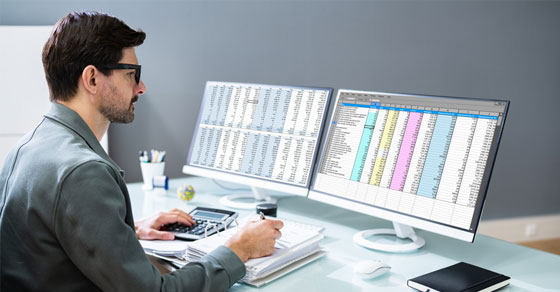If you’re in business for yourself as a sole proprietor, or you’re planning to start a business, you need to know about the tax aspects of your venture. Here are eight important issues to consider:
1. You report income and expenses on Schedule C of Form 1040. The net income is taxable to you regardless of whether you withdraw cash from the business. Your business expenses are deductible against gross income and not as itemized deductions. If you have any losses, they’re generally deductible against your other income, subject to special rules relating to hobby losses, passive activity losses and losses in activities in which you weren’t “at risk.”
2. You may be eligible for the pass-through deduction. To the extent your business generates qualified business income, you’re eligible to take the 20% pass-through deduction, subject to various limitations. The deduction is taken “below the line,” so it reduces taxable income, rather than being taken “above the line” against gross income. You can take the deduction even if you don’t itemize and instead take the standard deduction.
3. You might be able to deduct home office expenses. If you work from home, perform management or administrative tasks from a home office or store product samples or inventory at home, you may be entitled to deduct an allocable portion of certain costs. And if you have a home office, you may be able to deduct expenses of traveling from there to another work location.
4. You must pay self-employment taxes. For 2022, you pay self-employment tax (Social Security and Medicare) at a 15.3% rate on your self-employment net earnings of up to $147,000 and Medicare tax only at a 2.9% rate on the excess. An additional 0.9% Medicare tax is imposed on self-employment income in excess of $250,000 for joint returns, $125,000 for married taxpayers filing separately, and $200,000 in all other cases. Self-employment tax is imposed in addition to income tax, but you can deduct half of your self-employment tax as an adjustment to income.
5. You can deduct 100% of your health insurance costs as a business expense. This means your deduction for medical care insurance won’t be subject to the rule that limits your medical expense deduction to amounts in excess of 7.5% of your adjusted gross income.
6. You must make quarterly estimated tax payments. For 2022, these are due April 18, June 15, September 15 and January 17, 2023.
7. You should keep complete records of your income and expenses. Carefully record expenses in order to claim all of the deductions to which you are entitled. Certain expenses, such as automobile, travel, meals and home office expenses, require special attention because they’re subject to special recordkeeping requirements or limits on deductibility.
8. If you hire employees, you need a taxpayer identification number and you must withhold and pay over employment taxes.
We can help
Contact us if you’d like more information or assistance with the tax or recordkeeping aspects of your business.
© 2022







